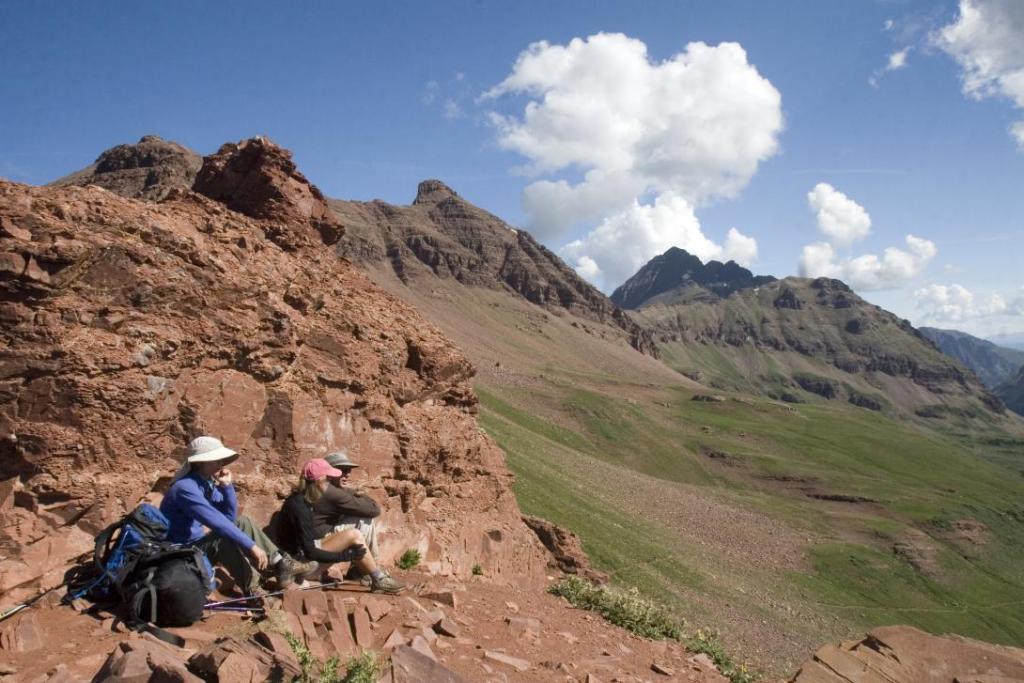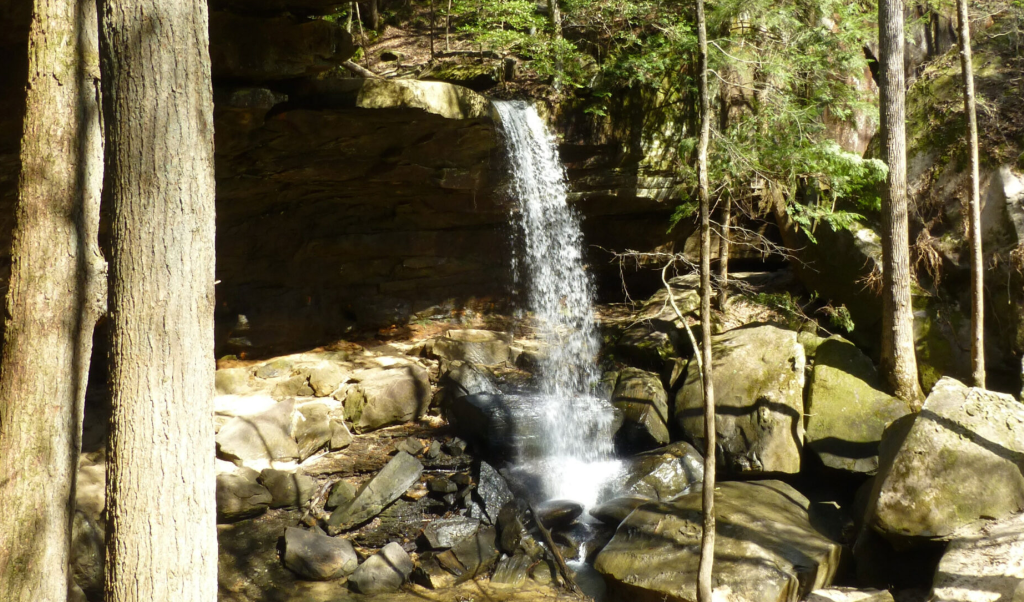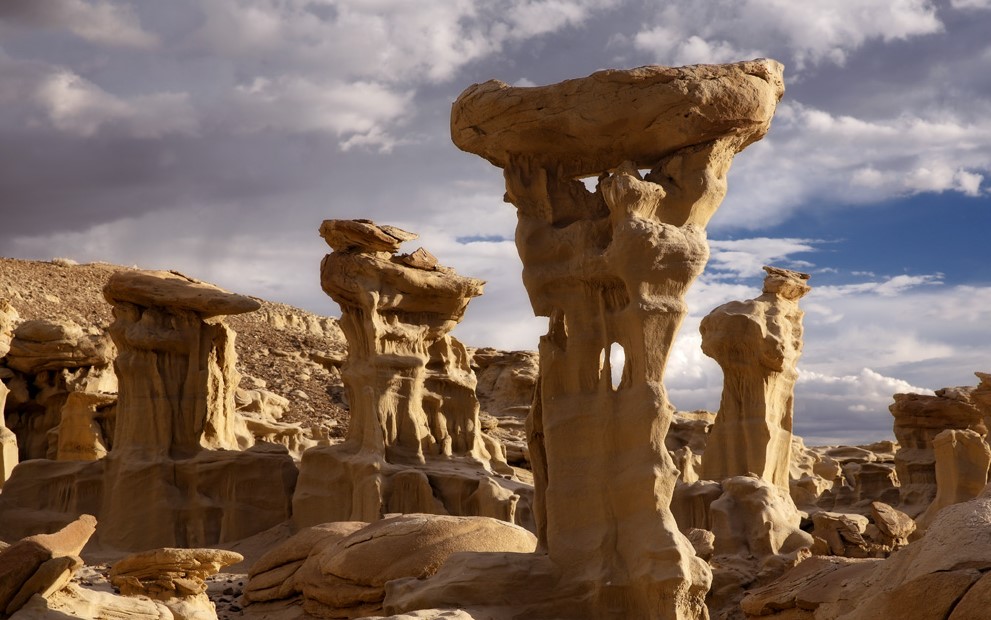Note: The Travel Awaits team regularly updates content to provide the latest, and most accurate information to our readers. The updated content in this article may not reflect the views or opinions of the original author.
Victorian Cape May is one of those idyllic southern New Jersey shore cities with a historical past. In the Victorian Era, it was a retreat for Philadelphia society to escape the sweltering city heat. By 1850, Cape May earned the title of “America’s First Seaside Resort Town” for its healing saltwater and cooling sea breezes. Cape May has also welcomed distinguished and influential people who spent time at the famous and elegant Congress Hall Hotel, including President Benjamin Harrison. Harrison conducted business out of his “Summer White House,” and musical icons like John Philip Sousa conducted his music on the lawn.
In 1878, a devastating fire destroyed 40 acres of structures and the stately Congress Hall. Famous architects were commissioned to rebuild Victorian homes and hotels better and grander than before. What these great builders left behind; visitors get to enjoy today.
The Cape May Historic District has 600 free-standing buildings that feature Late Victorian, Eclectic, Queen Anne, Italianate, Gothic Revival, Colonial, and French Second Empire architectural styles. The entire town is a National Historic Landmark with revitalized and renovated properties and resorts that bring the Gilded Age into the modern age. Starting after Thanksgiving, the city becomes a wonderland, recognized as the best Christmas town in New Jersey by Reader’s Digest.
Cape May during the Christmas holiday season is full of festive charm, drawing visitors with its Victorian architecture adorned in twinkling lights. While it is not as bustling as summer, the town still experiences a steady flow of visitors seeking enchanting holiday decorations, events, and the cozy winter ambiance.
Various events are planned, including decking those stunning Victorians with boughs and lights. The gas lamps are lit, the shops are open for one-of-a-kind gifts, the trolley is running around town, and Santa appears, adding to the holiday magic. It is a beautiful time to visit, even if it’s too cold to don a swimming suit.
Cape May is located at the southern tip of the Cape May Peninsula, where the Delaware Bay meets the Atlantic Ocean. Many drive to Cape May by taking the Garden State Parkway all the way to the end. If you are coming from the south, you could take the Cape May-Lewes Ferry over the Delaware Bay to North Cape May. The ferry takes about 80 minutes, and if you prefer not to drive on to the ferry, a shuttle can take you from the dock into town. Here are 10 fun things to do (in no particular order) that will brighten your holiday and get you in a festive spirit.

12 Wonderful Things to Do in Cape May in December
1. Delight In The Light
Both the residents and the businesses participate in Light Up Cape May, a contest to win prizes and bragging rights in six different categories, including Best Residence, Best Business, Best Window, and Best Olde Fashioned Theme.

USA Today has added a nomination for Cape May to its 10 Best Readers’ Choice for Best Holiday Lights Display. While this city is gorgeous any time of the year, it is incredibly stunning, all decorated for the holidays.
Pro Tip: The Cape May MAC offers trolley tours if you would prefer to ride around to see the light displays.

2. A Winning Scavenger Hunt
If you like a good walking tour of a city, combine it with a scavenger hunt and a chance to win a prize. On the Cape May Walking Tour and Holiday Hunt, it is simple. First, find all 12 holiday symbols hidden around these quaint New Jersey towns which are perfect to visit during Christmas. Then, snap and post a photo of your small group on social media using #CapeMay12Days, and you could win a prize. This is an excellent activity if you have young teens in your group.
Pro Tip: The link will allow you to plan your walking tour ahead of time, so you know where to stop and what is nearby for refreshments and breaks.

3. Hop On A Trolley
The Cape May MAC (Museum and Arts and Culture) is a non-profit organization that promotes the greater Cape May area’s cultural enrichment. The organization offers three different holiday tours on their open-air trolleys that start either at the Emlen Physick Estate or the booth at the Washington Street Mall. Tour choices include a Holiday Lights Trolley Ride, Santa’s Trolley Ride (an activity with young children 3-12), or A Ghosts of Christmas Past Tour. This is a terrific way to see the city and enjoy its historical past.
Pro Tip: The trolleys are open-air so bring a blanket as it gets cold. If you forget one, the Cape May MAC has blankets for sale.

4. Shop Small
If you are looking for unique gifts, there are lovely shops along the pedestrian mall known as Washington Street and throughout the town. Many owners are participating in the Holiday Wish List Contest. If you visit a store (restaurants too) and fill out a form, you could enter a weekly prize drawing. There is also a grand prize drawing for a weekend getaway to Cape May.
Another fun stop is the West End Garage in the heart of historic downtown Cape May across from Wilbraham Park. The West End Garage, launched by Cape Resorts in 2009, features antique furniture, vintage items, jewelry, accessories, artwork, and more. You will browse over 50 stores under one roof with vendors from New Jersey, Pennsylvania, and New York.
Pro Tip: Do not miss the Beach Plum Bakery and Cafe right next door to the Garage. They serve La Colombe coffee drinks (the first in southern New Jersey) and pastries. Coffee paired with a hand pie will give you the strength you need to shop until you drop.

5. Stay In A Historic Victorian Hotel
Congress Hall retains all the splendor of the past with updated and tastefully decorated rooms and suites. It is beautifully decked out for Christmas with a 30-foot tree, lights, greenery, and festive decor. The reimagined Winter Wonderland experiences make this a perfect getaway hotel as the property offers a host of activities in keeping with the season. On-site is a fantastic restaurant, an elegant bar, and a relaxing spa.
There are various fine and casual dining spots affiliated with the hotel in town; ask the concierge for suggestions and reservations. Hotel guests may participate in special events such as Santa’s Craft Workshops and Congress Hall’s own Holiday Train Rides. Conveniently located, Congress Hall is steps away from the pedestrian mall along Washington Street for shopping and additional restaurants. You can also choose a charming Cape May vacation rental.
Pro Tip: You must make reservations to dine at the restaurants in Cape May and Congress Hall. You don’t have to be a guest to eat at the hotel, but reservations are required. Reservations for breakfast with Santa are also necessary.

6. Spend An Evening In An Igloo
As a part of the Winter Wonderland experience, there are 12 private Winter Igloos set up for light dining and cocktails for parties of eight or less on the grounds of Congress Hall. It is a special way to celebrate the holidays with family or friends. You can reserve an igloo even if you are not a guest at the hotel for an hour and a half per party. Refer to the website for fees and details. This is also a reason why Cape May is referred as New Jersey’s best-kept secret!
Pro Tip: This is a unique experience that has never been offered before at Congress Hall. If you have a small group (eight or fewer) and want a private, intimate evening, this is a lovely opportunity to try a limited offering. Reservations are required.

7. Tour A Victorian Home
The Emlen Physick Estate was built in 1879 by the Physick family. It was occupied by Emlen Physick, Jr., his mother, and his aunt. It is preserved and maintained by Cape May MAC and is a perfect representation of Cape May’s Victorian past. This beautiful Victorian house museum offers four options for holiday tours: A Dr. Physick Christmas Tour, A Dickens of A Murder Tour (theater performance), An Evening Yuletide House Tour, And A Physick Family Christmas House Tour.

The home is decorated in the Victorian style, and ticket prices include a tour of the carriage house where the “Old Fashioned Christmas” exhibit is displayed.
Pro Tip: The first floor is wheelchair accessible, and parking at the estate is free.

8. Sip A Beer At A Brewery
In 2011 Cape May Brewing Company was born and started a craft beer revolution in South Jersey. Making their home at the Cape May Airport, the brewing company crafts flavorful ales and lagers. The small brewing business has grown and now has a taproom, a brewery tour, and a retail outfit. The Beer Garden and limited indoor seating are open daily, and the Brewtanical Garden is open on Fridays through the weekends. Seating is on a first-come, first-served basis and is limited.
Pro Tip: This is an excellent stop for craft beer. If you prefer not to taste the beer on the premises, you can order packaged goods from the curbside pick-up website.
9. Shop And Sip At A Winery
Willow Creek Winery is a premium wine producer in Cape May, the only one on Cape Island. The area’s specific climate allows them to craft unique wines from the thousands of vines planted on their 50-acre property. On the weekends, they offer events like yoga, fire pits, and a Socially Distanced Sip and Shop outdoors with different vendors like authors, jewelers, bakers, and makers.
Pro Tip: Participation will drive donations to Shriners Hospitals. If you bring an unwrapped toy, canned goods, or pet toy, your contributions will help those in need — an opportunity to do good while having a good time.

10. Take A Winter Walk Through The Past
Historic Cold Spring Village has a special guided walking tour on a portion of the property on a crisp winter weekend day. You will learn about the history of the buildings and the life of the people who lived there. The Country Store is open to purchase souvenirs. After the tour, you are treated to a complimentary mini-flight tasting at Cold Spring Brewery, New Jersey’s first non-profit brewery.

11. Take the Kids to See Recreated Dickens Village
Dickens Village is a free exhibit that starts November 17 in the Carriage House of the Physick Estate Museum. With garlands of fragrant greens and twinkling gaslights, it is what your kids will talk about for days.
Wrap yourself in the warmth of the holiday spirit while model trains are whizzing alongside the charming, miniature Dickens Village beneath a giant glowing Christmas tree. Your kids can even drop off their Santa letters here.
12. Roller Skate in the Convention Hall
Locals and visitors alike can enjoy hours of skating fun when Cape May’s Convention Hall transforms into a roller-skating rink. The Convention Hall is open from Friday through Sunday during the holiday season. Skates and blades are available for rent at the Convention Hall, while children under 18 must be accompanied by an adult.
Being located on the beach, the Convention Hall in Cape May has some incredible views and hosts various other events, including the Holiday Crafts Fair, when dozens of craftspeople set up their wares with pottery, jewelry, home accessories, and more for this two-day fair. It might be chilly outside in winter, but the Convention Hall will be warm and bustling.
FAQs
Why Is Cape May Famous?
Cape May is the only city in the U.S. to be declared a National Historic Landmark city. Cape May also has one of the country’s largest collections of Victorian architecture. The way to see the sights is aboard one of Cape May’s holiday trolley rides.
Is Cape May fun in the Winter?
Yes, Cape May is spectacular in the winter holiday season too, especially after the West Cape May Christmas Parade when the holiday lights go up. With no crowds and inviting places to stay close to dining and shopping, Cape May is the quintessential winter getaway.
What Is the Best Way to Get Around Cape May?
The best way to explore Cape May is on foot. Being a small island with so much to see, Cape May is best to get around by walking. Biking in Cape May is also one of the easiest ways to get around town.
What Are the Working Hours of the Washington Street Mall in Cape May?
During high season, the shops along the Washington Street Mall in Cape May are open from 10 am–10 pm daily. Some Washington Street Mall stores close in for the holiday season or are open only on weekends.
Does Santa Visit Cape May?
Yes! Santa is a frequent visitor to Cape May and makes appearances at many of Cape May’s restaurants and shops during the holiday season. He also rides on a firetruck in the West Cape May Christmas Parade.














